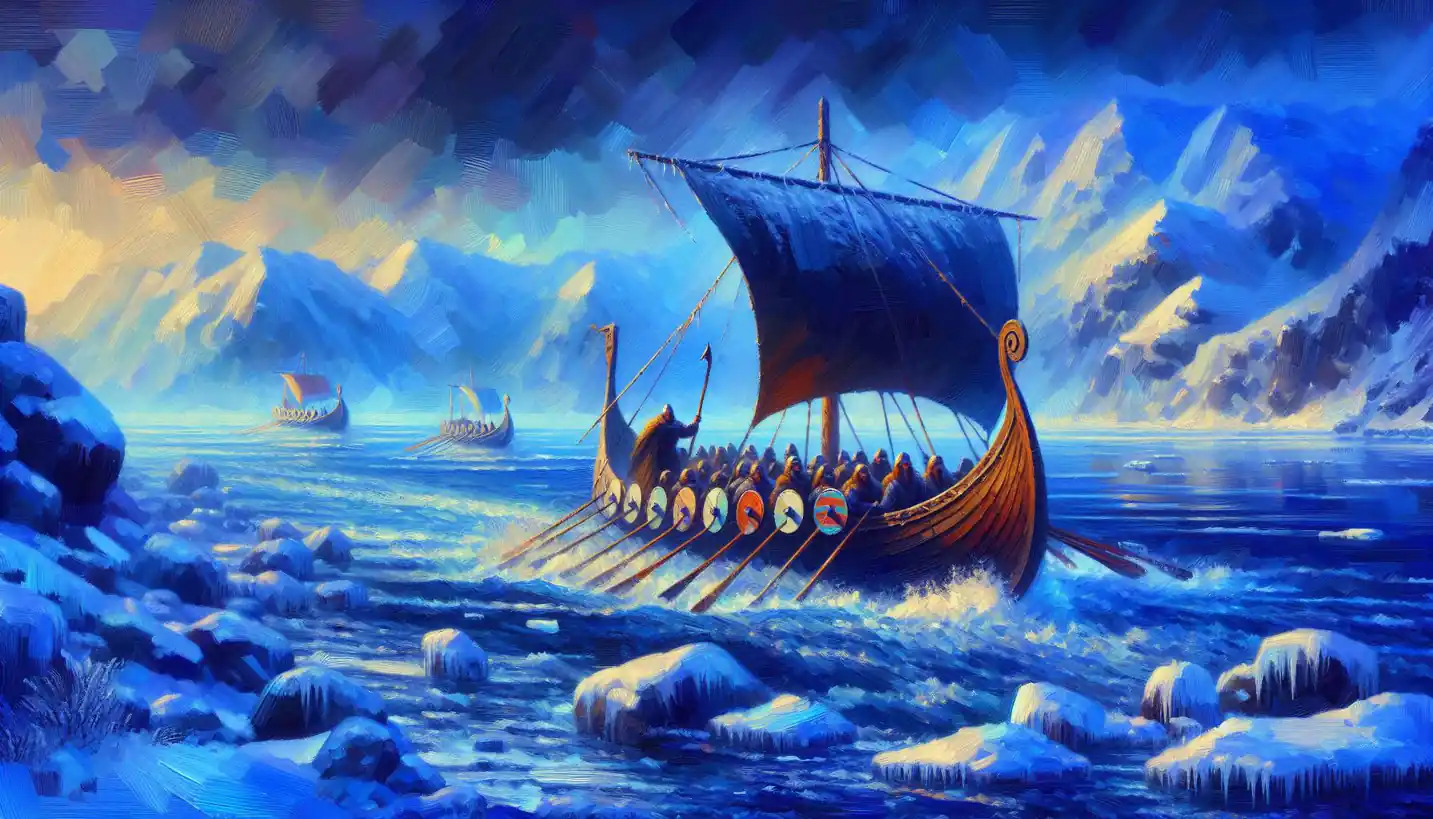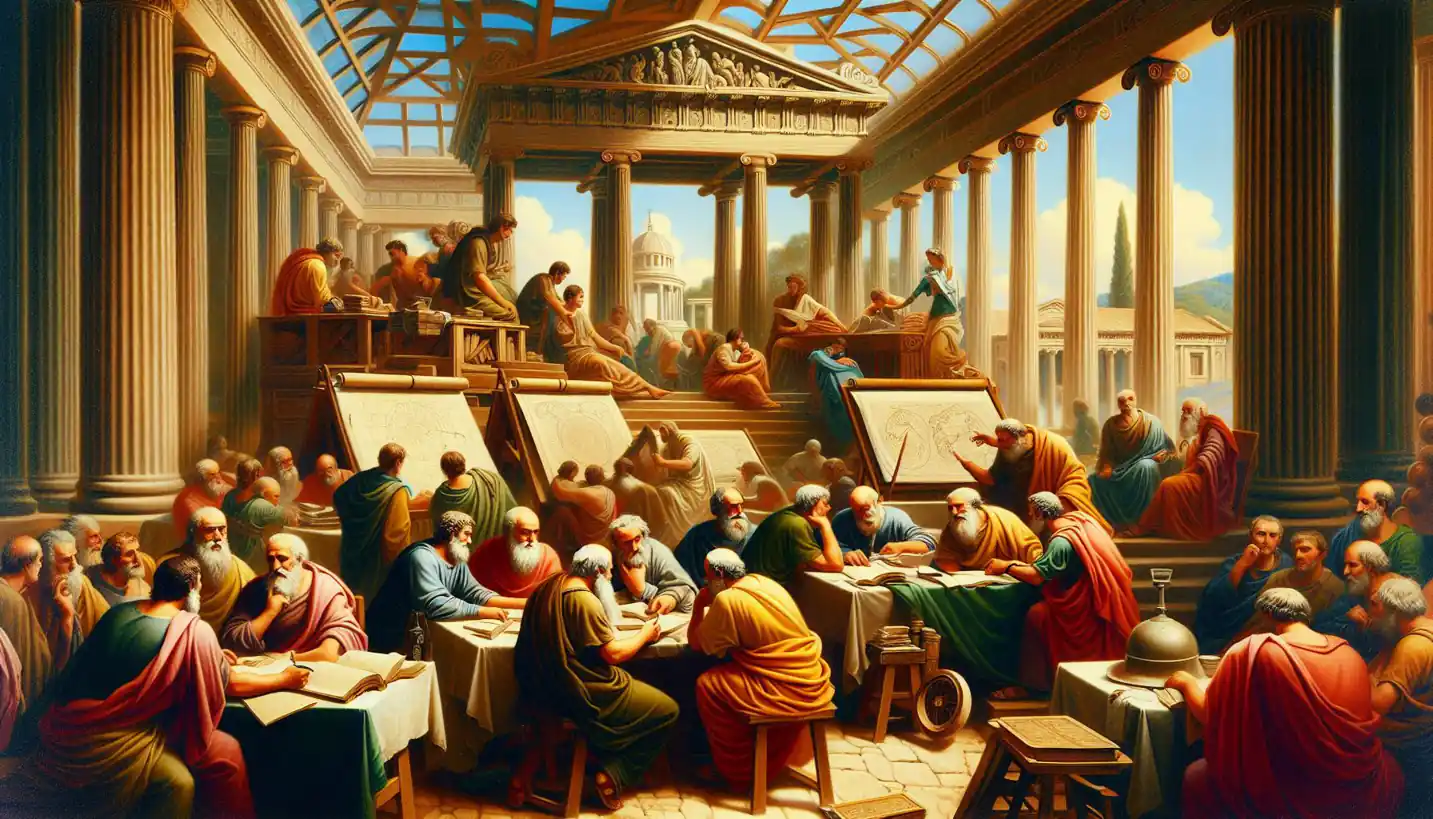· History · 4 min read
Protectionism: Economic Strategies and Historical Perspectives
Protectionism invokes debates on economic strategies and history. Dive into how countries have used barriers to influence trade and protect industries.

Throughout history, various nations have wielded protectionism like a shield in their economic armory. But what exactly is protectionism? Simply put, it’s an economic strategy where governments try to safeguard their domestic industries from foreign competition. Instead of merely relying on market forces, authorities use tools like tariffs, quotas, and subsidies to give local businesses a leg up.
Now, let’s dive deeper into how protectionism has influenced history and shaped economies.
When we hear about tariffs or import taxes, it’s like thinking of a toll booth set up at the border. By making foreign goods more expensive, tariffs can make domestic products more appealing to consumers. This was particularly evident during the 19th and early 20th centuries when countries, especially those undergoing industrialization, imposed heavy tariffs to nurture and protect budding local industries.
Consider the United States in its infancy. In the 19th century, leaders like Alexander Hamilton championed high tariffs to support American manufacturers fighting against established European products. This allowed young industries to flourish, contributing significantly to the country’s industrial boom.
Another classic protectionist tactic is setting quotas, which are limits on the amount of a certain good that can be imported. It’s like a bouncer at a party, ensuring only a certain number of guests can get in. These quotas can prevent market flooding with cheaper foreign alternatives, giving local companies breathing space.
Subsidies are another potent tool in the protectionist toolkit. They work like a sponsorship, where the government helps reduce the costs for domestic businesses. Think of it as a parent footing part of the bill for a child’s lemonade stand. This financial aid can help businesses compete against more substantial foreign competitors.
Yet, the story of protectionism is not without its complexities. While these strategies can bolster local industries, they often draw international criticism and can lead to trade wars. The infamous Smoot-Hawley Tariff Act of 1930 by the United States is an example. Aimed at protecting American farmers and industries, it ended up worsening the Great Depression as other countries retaliated with tariffs, choking global trade.
Let’s turn the focus to more modern examples. In recent years, we’ve seen resurgences in protectionist policies. The trade tensions between the United States and China brought these issues to the forefront of global news. These economic clashes, marked by tit-for-tat tariffs and negotiations, highlight both the ongoing relevance and controversy surrounding protectionism.
What makes this topic continually fascinating is the balance countries must strike between protecting local industries and fostering international trade relations. On one hand, protectionism can offer a safety net for struggling industries and workers. On the other, it can stifle innovation, lead to higher prices for consumers, and strain international relations.
Historically, protectionism has also been linked to nationalism and political movements. When economic times are tough, protectionist rhetoric often gains popularity as leaders promise to bring jobs back and boost local economies. However, critics argue this can be a short-term solution with long-term drawbacks.
Looking at the European Union, we find a counter-narrative where the emphasis has been on reducing barriers between member countries. The EU’s single market is a testament to the benefits of reducing protectionist barriers, such as increased trade and economic collaboration. However, even within the EU, debates arise, such as those around the Common Agricultural Policy, which some argue functions as a form of subsidy-led protectionism for European farmers.
So, where does the future of protectionism lie? With global supply chains more interconnected than ever, countries must navigate their economic strategies carefully. As we face challenges like climate change and technological shifts, there might be room for a new kind of protectionism—one that protects not just industries but also the planet and digital economies.
In essence, protectionism is a double-edged sword in economic history. While it has undoubtedly helped shape and protect economies at various times, it also serves as a reminder that insularity can come at a cost. As nations continue to grapple with the trade-offs involved, the lessons of history will remain an invaluable guide in the complex world of global trade.


